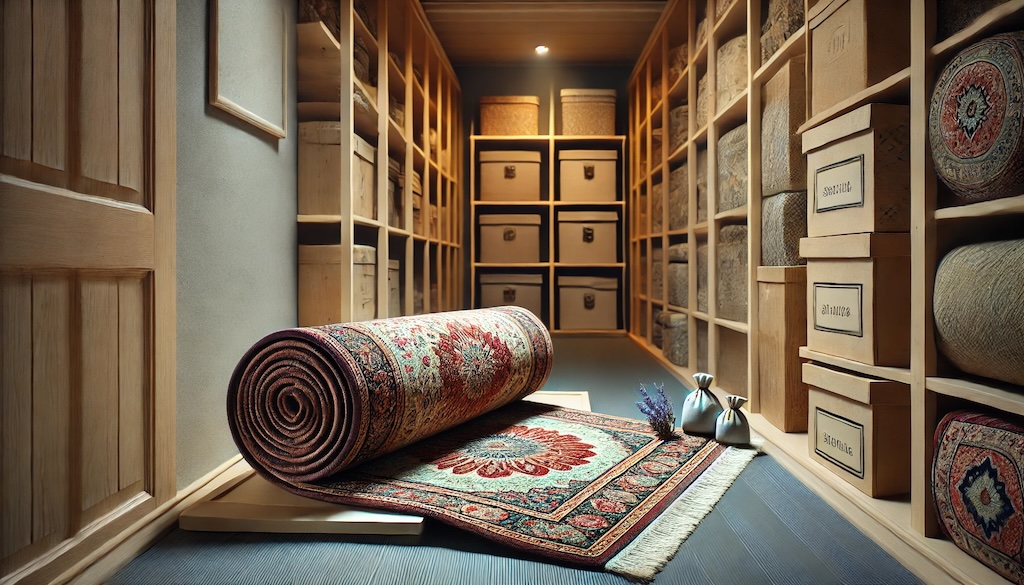

Oriental rugs are more than just floor coverings; they are timeless pieces of art, often passed down through generations. Proper care and storage of these exquisite rugs ensure they retain their beauty and value. Whether you're storing a rug for a short period or an extended time, following the right steps is crucial. Here’s a comprehensive guide on the do's and don’ts of storing your Oriental rugs.
Before storing your Oriental rug, make sure it's thoroughly cleaned. Dust and dirt can damage the fibers over time. Vacuum both sides of the rug to remove loose dirt. For a deeper clean, consider professional cleaning services that specialize in Oriental rugs. They can remove stains and clean the rug without damaging the delicate fibers.
Always roll your rug instead of folding it. Folding can create creases that might become permanent over time. Roll the rug with the pile facing inward to protect it. Use acid-free tissue paper between the layers if the rug is very delicate.
Invest in a sturdy rug tube for added protection. These tubes keep the rug in shape and protect it from potential damage. Cover the rolled rug in a muslin or cotton sheet before placing it inside the tube to prevent dust accumulation.
Find a storage space that is cool, dry, and has a stable temperature. Basements and attics are usually not ideal due to potential humidity and temperature fluctuations. A climate-controlled storage unit can be an excellent choice if you don’t have suitable space at home. When purchasing an imported rug, be sure to ask the merchant for the best place to store your new rug.
Avoid placing the rug directly on the floor. Elevate it on a shelf or platform to protect it from moisture and pests. Use wooden pallets or sturdy shelves to keep the rug off the ground.
Even in storage, it’s essential to check your rug periodically. Look for signs of moisture, mold, or pest infestation. Catching problems early can prevent extensive damage.
Never store your Oriental rug in plastic. Plastic can trap moisture, leading to mold and mildew growth. Instead, use breathable materials like cotton or muslin to cover the rug.
Do not expose your stored rug to direct sunlight. Prolonged exposure to sunlight can cause fading and weaken the rug’s fibers. Ensure the storage area is dark or dimly lit.
While mothballs might seem like a good idea to keep pests away, they can leave a strong, unpleasant odor that is difficult to remove. Instead, use cedar blocks or sachets of lavender to naturally repel moths and insects.
Avoid storing your rug directly on hard surfaces without padding. Use a clean, breathable fabric to wrap the rug and provide a layer of cushioning. This protects the rug from dust and reduces the risk of abrasion.
Never store your Oriental rug in an environment prone to extreme temperature changes or high humidity. Both can damage the rug’s fibers and lead to mold growth. Ensure the storage area has consistent temperature and humidity levels.
Do not place heavy objects on top of your stored rug. This can cause permanent indentations or damage to the pile. Ensure the storage space is organized so that the rug remains undisturbed.